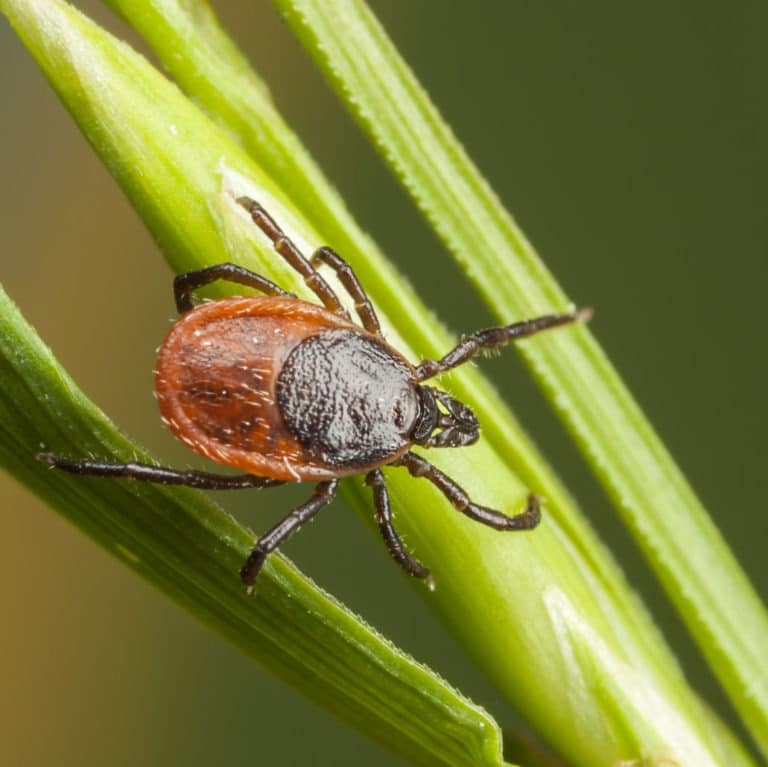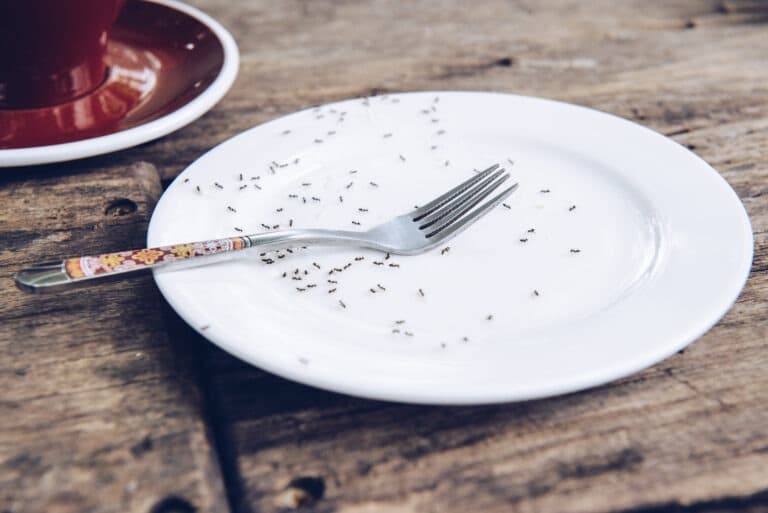The Black Widow is one of the most common spiders in Arizona – and certainly one you don’t want to cross paths with often. This means that you need to take extra care in learning how to get rid of black widows and prevent them from coming back using proper pest control services.
In this blog, we’ll look at the following:
- How to identify black widows
- Where do black widows live?
- Are black widows venomous?
- Can a black widow kill you?
- Killing and preventing black widows
How to Identify Black Widows
Black widows are easily identified by their markings. Male black widow spiders are rarely dangerous and, with what is often a gray or brown body color, they’re fairly ordinary in their appearance. However, female black widows have a distinct look. Their shiny, black bodies have a red hourglass-shaped marking on the underside of their abdomens, and they’re typically about 1.5 inches long or about the size of a small paper clip.
A black widow’s web is irregular in shape, and though it may appear uneven and tangled, they consist of powerful threading. They build these webs in dark, dry shelters such as basements and garages, and you may find them close to the ground, on furniture, or even dog houses.
Where Do Black Widows Live?

In the U.S., black widows are typically found in the West and South. They often build their messy and unorganized webs in dark, dry shelters, such as basements, barns, and garages. You may also find them close to the ground, underwater meter covers, dog houses, or outdoor furniture.
Are Black Widows Venomous?
Black widows are among the few venomous spiders found in the United States dangerous to humans. For perspective, a female black widow’s venom is approximately 15 times more potent than that of a rattlesnake.
The good news is that these spiders are rarely aggressive, usually only biting when they feel threatened. However, bites can produce symptoms that include muscle aches, nausea, and a paralysis of the diaphragm that can make breathing difficult. While bites are rarely fatal, their toxin affects your central nervous system, requiring immediate medical treatment – especially for young children.
Can a Black Widow Kill You?
Yes, but don’t be too fearful – black widows are rarely aggressive toward humans without feeling threatened or provoked. Fewer than ten people die per year in the United States due to a black widow bite.
The most common symptoms from a black widow bite include:
- Muscle aches
- Difficulty breathing
- Abdominal pain
- Nausea and vomiting
- Swelling or Rash
- Sweating and itching
If you suspect you have been bitten by a black widow, immediately go to the emergency room, especially if the victim is a child. If you cannot get medical attention directly, consider washing the bite, icing it, taking pain relievers, or using antibiotic creams in the meantime.
Killing and Preventing Black Widows

So, you’ve identified the spider in your home as a black widow. What is the next step to take? First, you must kill it. A safe way to do that is by using a pesticide like Shockwave 1 by MGK. It should kill black widows almost instantly. But be sure to follow label directions when using such sprays.
Ensure that you are at a safe distance from the spider when you spray and that everyone else around you are safe from the chemicals as well.
Next, take the following steps to protect yourself and prevent more spiders from making a home in or near your home:
- Eliminate clutter, dust, and vacuum frequently.
- Before handling, always check items that have been stored in a shed or garage, or outside, for spiders, egg sacs, or webs.
- Keep the outside perimeter of your house or other structure free from tall grass, weeds, or shrubs, especially near the foundation. Also, trim tree branches that hang over the roof of any structure on your property.
- Seal any cracks and openings in your home. Tips from our Scorpion Home Seal Guide can be used to keep spiders out, too.
Related: Are Wolf Spiders Dangerous?
Published On: September 9, 2020
Updated On: February 4, 2022







